Description
1. Introduction to Biotechnology 2. Scope of Animal Biotechnology 3. Importance of Animal Biotechnology 4. History of old Animal Biotechnology 5. History of New Animal Biotechnology 6. Animal Biotechnology in India 7. Animal Biotechnology Research Promotion in India 8. Priorities given to Animal Biotechnology in India 9. Cloning Vectors 10. Plasmids 11. Properties of Plasmids 12. Plasmid Types 13. Properties of an Ideal Gene Cloning Vector 14. pBR 322 15. pUC8 16. Ti Plasmid 17. Disarmed Ti Plasmids 18. Bacteriophage Vectors 19. Lambda Phage Vector 20. Insertional Vectors 21. Replacement Vectors 22. Life Cycle of Ć Phage 23. M13 Bacteriophage Vector 24. Cosmids 25. Phagemids 26. Plant Viral Vector - CaMV 27. Animal Viral Vector - SV40 28. Yeast Artificial Chromosomes (YAC) 29. Transposons as Vectors 30. Restriction Enzymes 31. Enzymes Used in Genetic Engineering 32. Restriction Modification Systems 33. Gene Cloning 34. Preparation of Desired DNA 35. Isolation of Plasmid Vector 36. Insertion of Desired Gene into Vector DNA 37. Introduction of Recombinant DNA into Host Cells 38. Introduction of rDNA into Prokaryotic Cells 39. Transfection-Introduction of rDNA into Eukaryotic Animal Cells 40. Transduction - Introduction of rDNA into Eukaryotic Animal Cells 41. Microinjection - Introduction of rDNA into Eukaryotic Animal Cells 42. Biolistics - Introduction of rDNA into Eukaryotic Animal Cells 43. Electroporation -Introduction of rDNA into Eukaryotic Animal Cells 44. Lipofection - Introduction of rDNA into Eukaryotic Animal Cells 45. Screening and Selection of Recombinants 46. Insertional Inactivation 47. Blue-white Selection 48. Direct Selection 49. Nucleic Acid Hybridization 50. Colony Hybridization 51. Blotting Techniques 52. Southern Blotting 53. Northern Blotting 54. Western Blotting 55. Genomic Library 56. DNA Probes 57. Polymerase Chain Reaction (PCR) 58. Animal Cell and Tissue Culture 59. History of Animal Tissue Culture 60. Requirements for Animal Cell Culture Laboratory 61. Substrates for Animal Cell Culture 62. Liquid Media for Animal Cell Culture 63. Gases for Animal Tissue Culture 64. Maintenance of Aseptic Condition 65. Cell Culture Technique 66. Isolation of Explant 67. Culture of Explants 68. Disaggregation of Explants 69. Cryopreservation - Storage of Animal Cells 70. Large - scale Culture 71. Monolayer Culture 72. Suspension - Culture for Animal Cells 73. Bioreactors 74. Continuous Stirred Tank Bioreactors (CSTB) 75. Air-Lift Bioreactors 76. Organ Culture 77. Artificial Skin 78. Artificial Cartilage 79. StemCells 80. Stem Cell Culture 81. Hybridoma Technology 82. Monoclonal Antibodies (MAbs) 83. Transgenic Animal Technology 84. Transgenic Dolly 85. Applications of Transgenic Animals 86. Gene Therapy 87. Bone Marrow Transplantation 88. Liver Transplantation 89. Enzyme Technology 90. The Production of Beta Galactosidase Enzyme 91. Enzyme Immobilization 92. Bioethics 93. Intellectual Property Rights (IPR) 94. Patenting of Biotechnological Products 95. Biosafety Guidelines in India 96. Sewage Treatment 97. Bioremediation 98. Role of Genetically Engineered Organisms in Bioremediation 99. Superbug 100. Phytoremediation 101. Biofuels 102. Ethanol as Biofuel 103. Biogas as Biofuel 104. Aquaculture Biotechnology 105. DOT - ELISA (Enzyme Linked Immuno Sorbent Assay) 106. Human Genome Project 107. DNA Finger Printing Techniques 108. Microarray 109. Biochips 110. Bioweapons Index University Questions


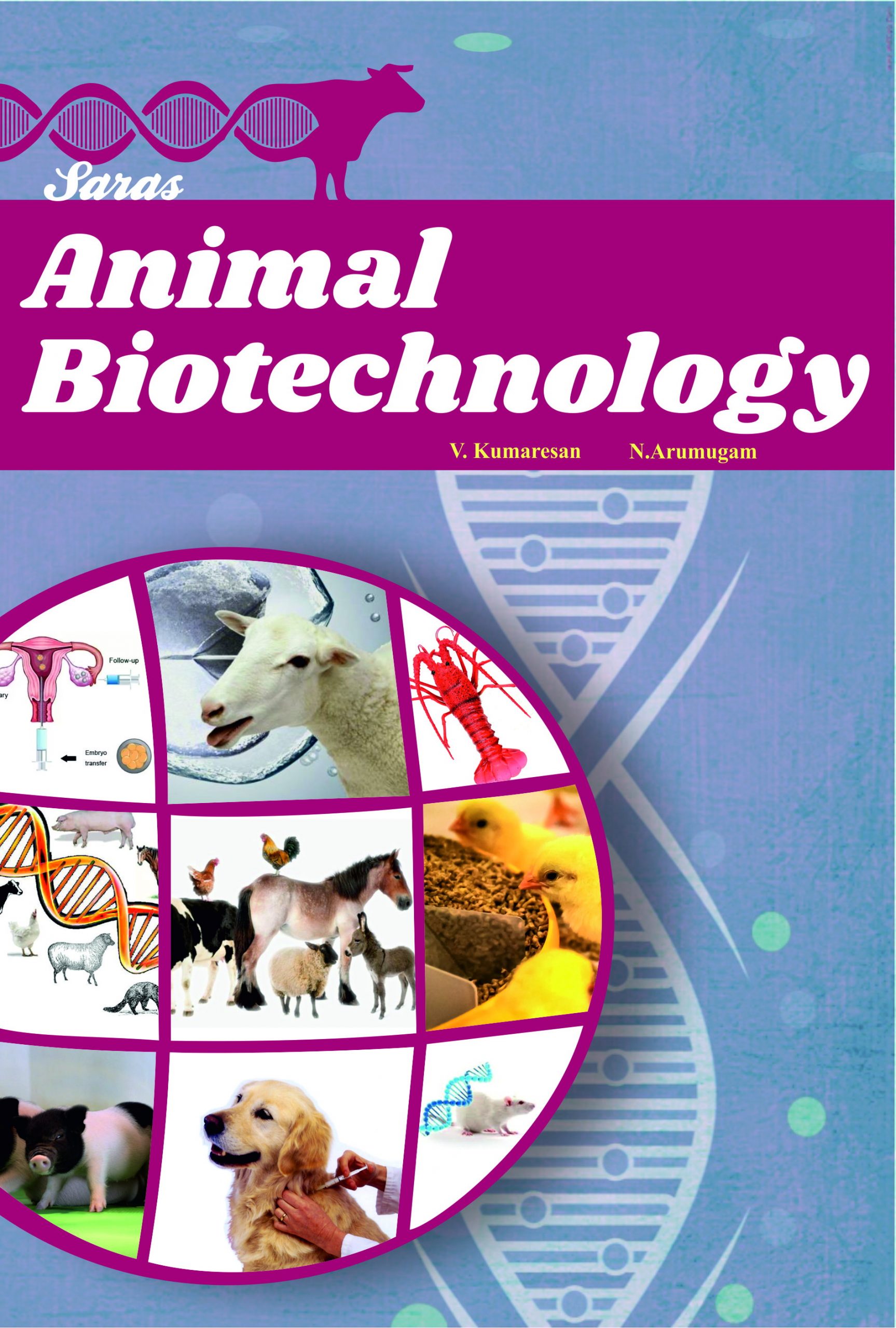

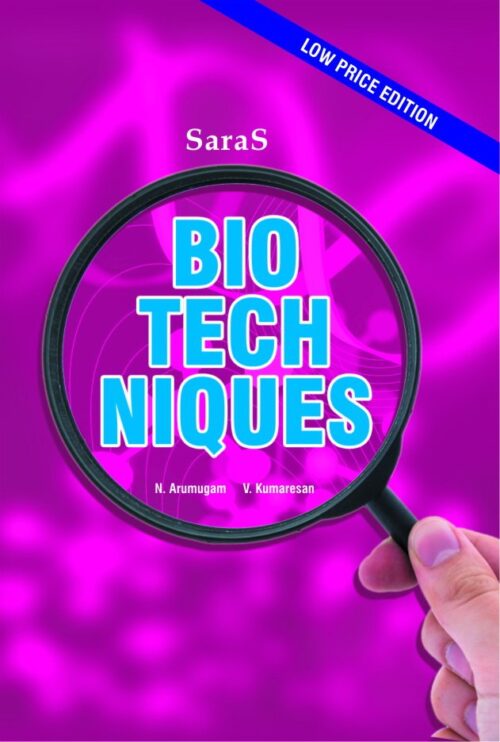

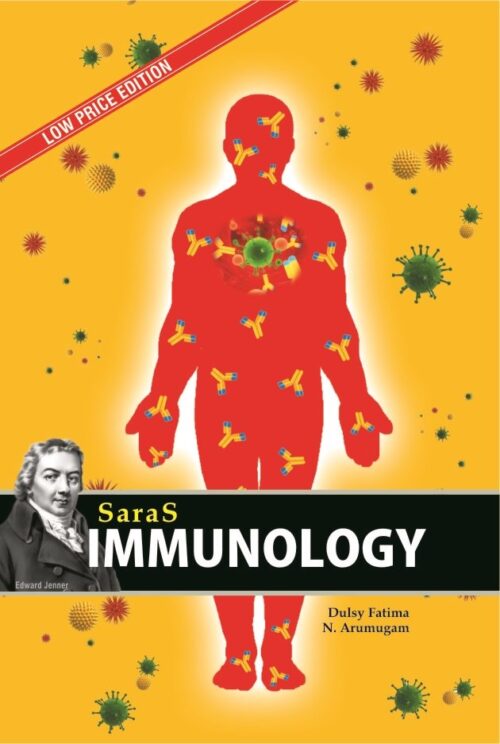
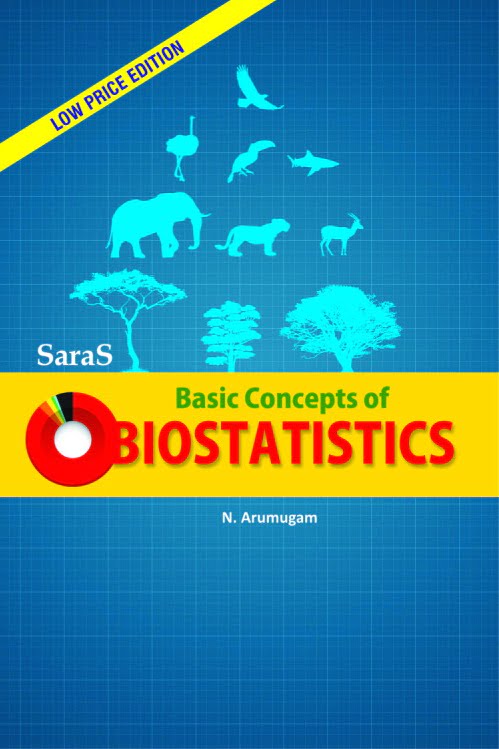
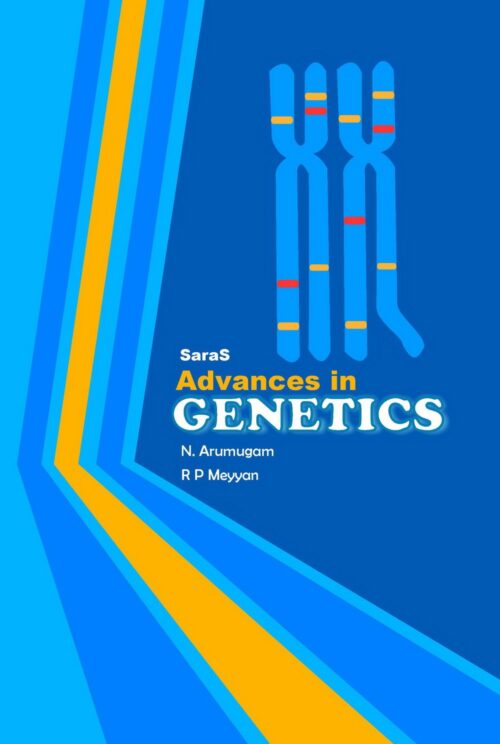
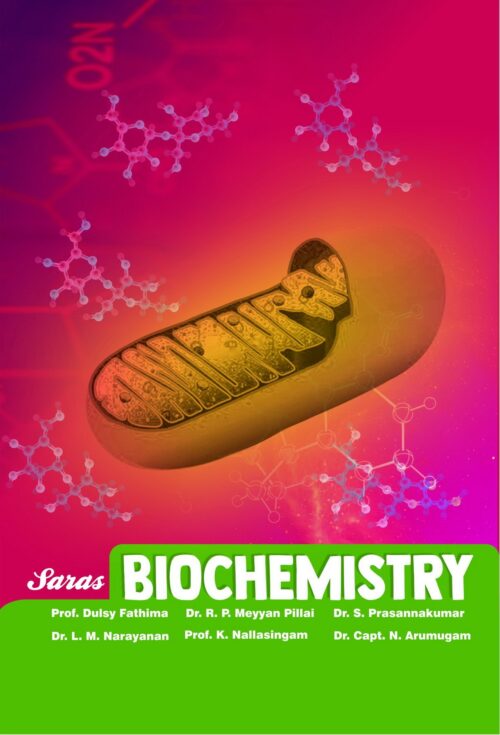
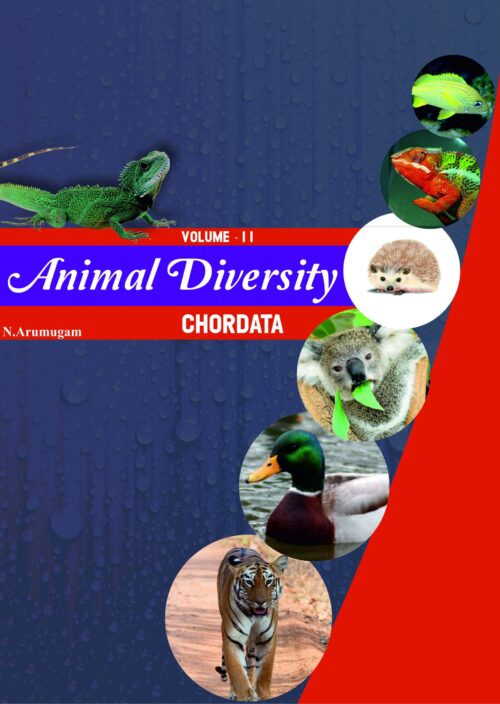
Reviews
There are no reviews yet.